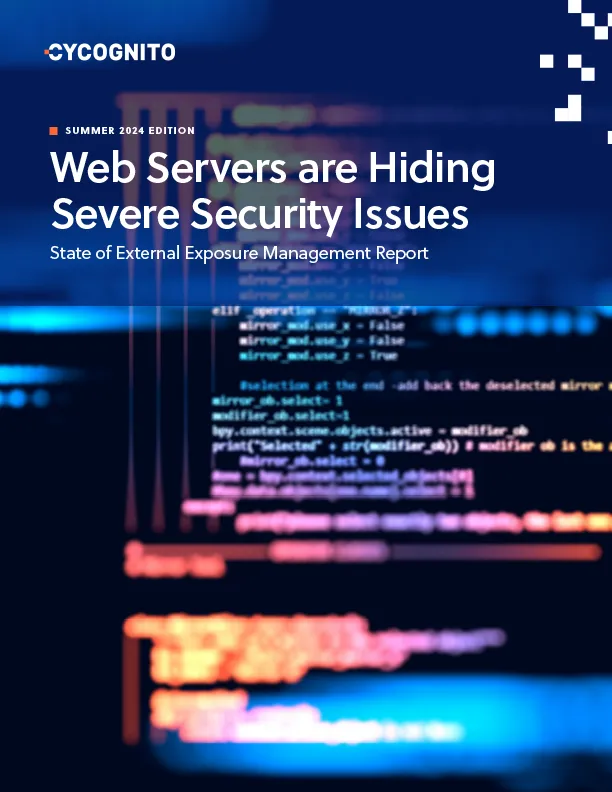Cybersecurity Glossary
Multi-Factor Authentication (MFA)
Multi-factor authentication is an authentication method requiring users to supply more than one distinct authentication factor to gain access to a resource such as an application, online account, or VPN. These factors include something you know (such as a password or PIN), something you have (such as a token or key), or something you are (such as your fingerprint).
MFA is a core component of a strong identity and access management (IAM) policy. Rather than asking for a username and password, MFA requires one or more additional verification factors. This significantly decreases the likelihood of a successful cyber attack.
See Also
Learning Center  DRPS
DRPS
Phishing Domains: Understanding the Risk and Defending Your Organization
 DRPS
DRPSPhishing domains are fraudulent websites intended to deceive users into believing they are visiting a legitimate site.
Learning Center  DRPS
DRPS
How Domain Spoofing Works and 8 Ways to Prevent It
Domain spoofing is a deceptive practice in which cybercriminals manipulate or fabricate domain details to impersonate a legitimate entity.
Learning Center  DRPS
DRPS
5 Ways to Identify Compromised Accounts & 5 Defensive Measures
Compromised accounts are online accounts that have been accessed by unauthorized individuals.
CyCognito Report
State of External Exposure Management, 2024 Edition
Critical vulnerabilities often hide in plain sight—especially in your web servers.
The report is a must-read for understanding today’s external risks and how to prioritize them effectively. Download the report to stay ahead of emerging threats and strengthen your security posture for 2025.
